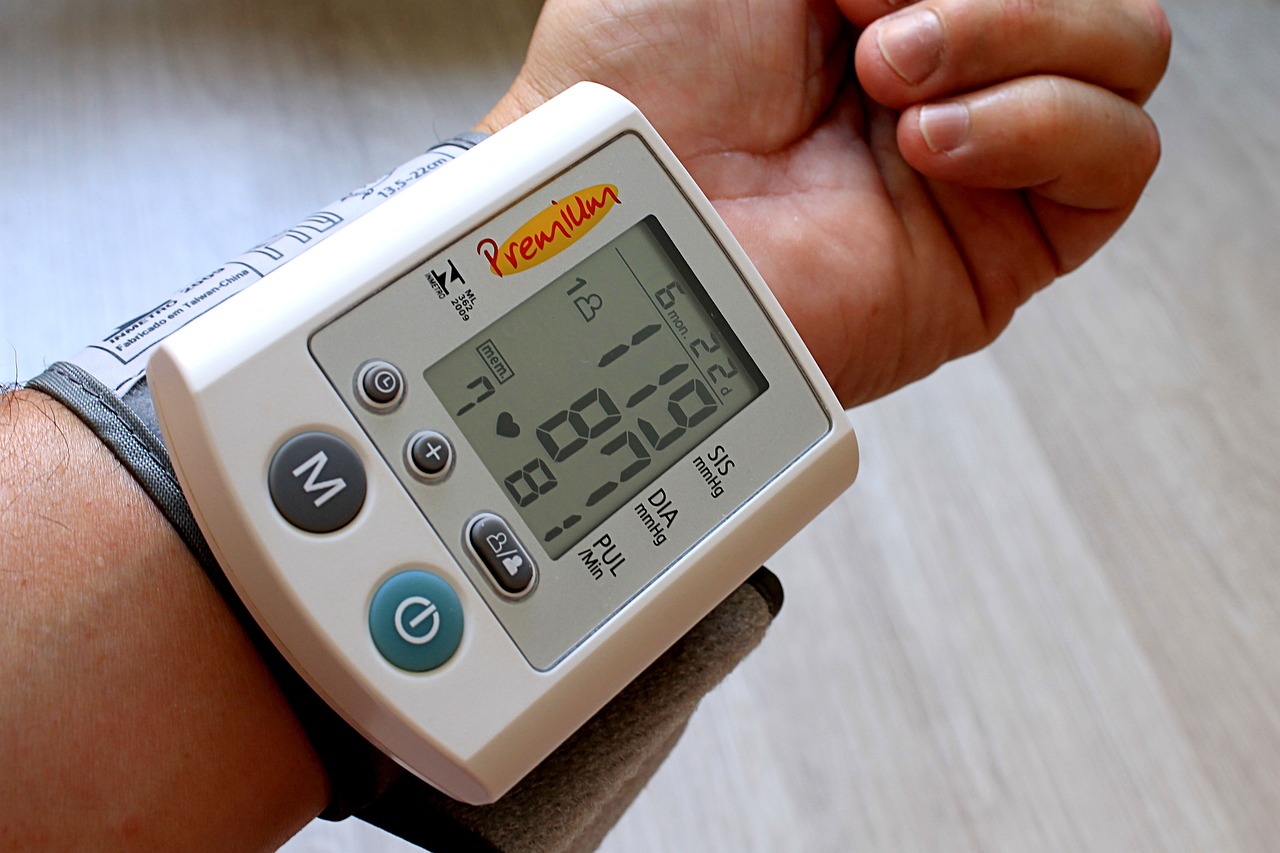Blood pressure is among the definite signs of good health. When measured, it provides much-needed information about your cardiovascular system. Learning what blood pressure is, how it’s measured, and what the numbers mean will help you understand the meaning and importance of blood pressure and thereafter enable you to take charge of your health to keep away possible complications.
Blood Pressure Blood pressure is the force that circulating blood exerts on the walls of your arteries. Like pulse, blood pressure is also a measure of another essential element in cardiovascular functioning with a critical effect on the efficiency of blood flow, and oxygen and nutrient delivery to your tissues.

How is Blood Pressure Measured?
Blood pressure is measured with something referred to as a sphygmomanometer, although it’s undoubtedly more common to call it a blood pressure cuff. There are two straightforward steps involved in measuring your blood pressure:
1. Inflation: The cuff is wrapped around the upper arm and inflated to briefly cut off blood flow in the artery.
2. Deflation: The pressure in the cuff is released slowly but gradually, and the listening health professional, with the aid of a stethoscope or monitoring gauge, makes out the blood-pressure readings.
Knowing the Numbers: Systolic and Diastolic
Blood pressure is measured in millimeters of mercury, and it has two numbers, usually in fraction form, like 120/80 mmHg. Here’s what these numbers mean:
Systolic Pressure: This is the top number; it is the pressure when your heart beats, contracts, and pumps blood. It shows how much pressure your blood is putting on the walls of your arteries during contraction.
Diastolic Pressure: The bottom number, it measures pressure in your arteries when your heart is resting between beats. It gives the reading of the amount of pressure the blood is exerting on the walls of the arteries when the heart is at rest and refilling.
What is Normal and What Isn’t?
Blood pressure readings have been grouped to indicate the normal range from the abnormal range:
– Normal: Systolic less than 120 mmHg and Diastolic less than 80 mmHg; 120/80 mmHg.
– Elevated: Systolic 120-129 mmHg and Diastolic less than 80 mmHg
– Hypertension Stage 1: Systolic 130-139 mmHg or Diastolic 80-89 mmHg
– Hypertension Stage 2: Systolic 140 mmHg or higher or Diastolic 90 mmHg or higher.
– Hypertensive Crisis: Systolic > 180 mmHg and/or Diastolic
Blood pressure is considered vital to be monitored and managed for the following reasons:
1. Prevention of Heart Diseases: High blood pressure, also called hypertension, is a significant risk factor for heart diseases, heart attacks, and heart failure.
2. Prevention of Stroke: It may lead to the occurrence of stroke because of causing damaging effects on the blood vessels in the brain, where vessels narrow, rupture, or leak.
3. Kidney Care: Pressure may narrow or harden blood vessels of your kidneys. That will reduce their efficiency in filtering wastes from the blood.
4. Eye Care: Blood vessels in your eyes can also be damaged by hypertension that can then lead to vision loss or blindness.
5. General Health: Normal blood pressure keeps you fit and lowly at risk of developing many health problems.
Tips to Maintain Healthy Blood Pressure
Following are a few of those lifestyle changes that assist in maintaining blood pressure within healthy limits:
Eat a Balanced Diet: Emphasize a diet rich in fruits, vegetables, whole grains, and low-fat dairy products; be reducing in intake of saturated fats, cholesterol, and sodium.
Exercise Regularly: At least 150 minutes of moderate aerobic activity or 75 minutes of vigorous activity a week is suggested.
Maintain a Healthy Weight: Shedding even as little as five to ten pounds can help lower your blood pressure.
Limit Alcohol: If you do drink, do so in moderation.
Avoid Tobacco: If you smoke, eliminate the practice to lower the amount in your blood and the damage to your artery walls.
Manage Stress: Try relaxation practices to help reduce and cope with stress – deep breathing, meditation, and yoga may help.
Monitor Your Blood Pressure: Check your blood pressure at home regularly and see your healthcare provider for regular checkups.
Conclusion
The readings and knowing what you are reading and what that means to you is also very critical in the process of taking charge of your cardiovascular health. Understanding your blood pressure readings and positive lifestyle changes would greatly reduce one’s risk from this silent killer and give one a longer, healthier life. Keep updated, be proactive, and care about your heart for general well-being.